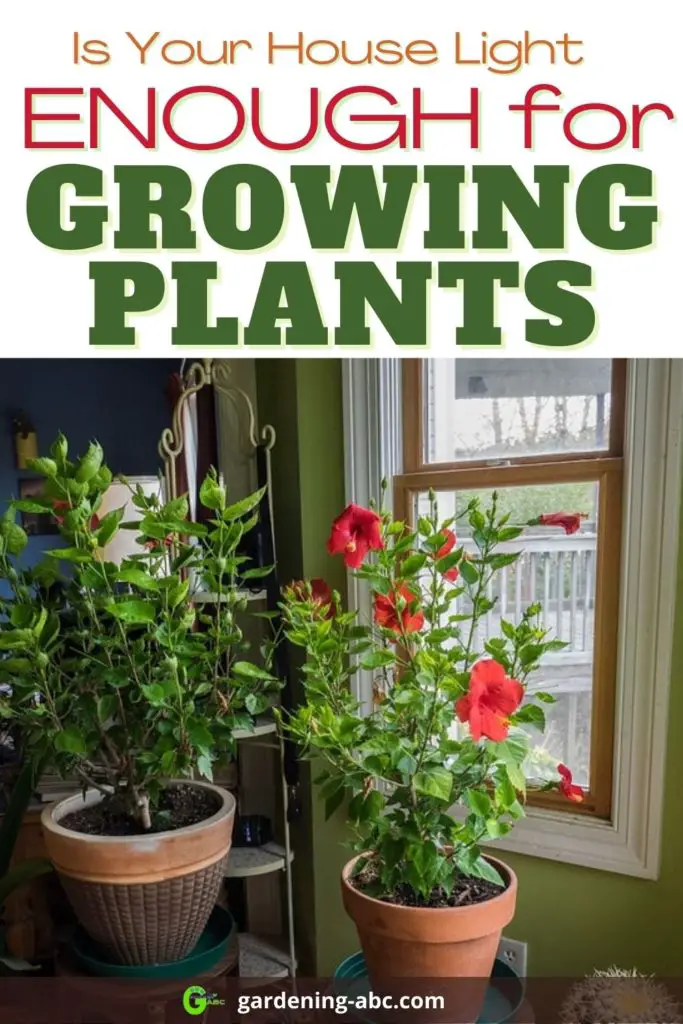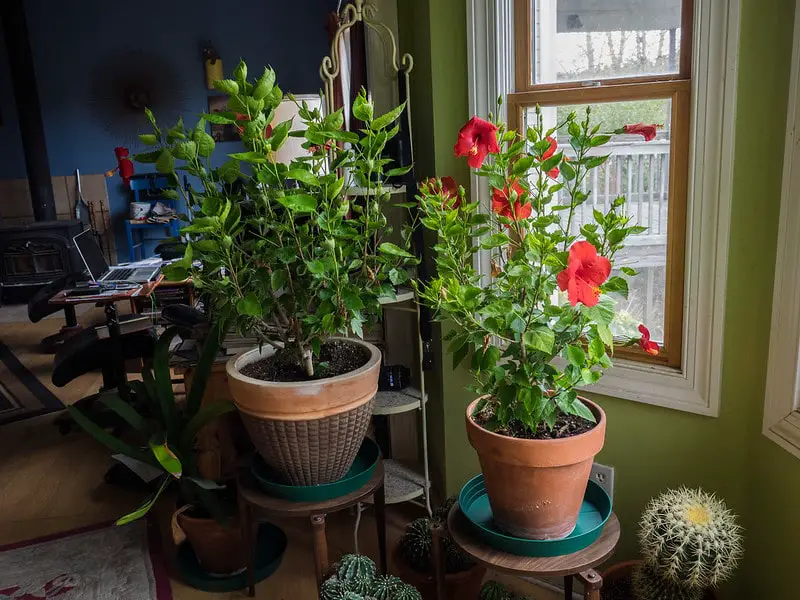We use affiliate links to run our site. When you buy through links on our site, we may earn an affiliate commission, without any added cost to you. Learn more
How much light your plant needs, depends on the type of the plant as well as the different conditions (intensity, wavelength, etc) of light. Usually, veggies and flowering plants need a minimum of 8 hours of sunlight per day.
In indoor conditions, plants need more hours of light than outdoors. The hours can go as high as 14 to 18 hours of light per day, especially if the plant is growing fruit or bulbs.
But remember, plants need darkness also. At least 6 hours of darkness each day is crucial for plants.
Does Indoor Plant Need Sunlight:
Though every plant has different light requirements, most of them prefer direct sunlight. Now, If you are growing plants indoors this may be hard to get.
You can place the plants in the windows for sunlight. but sometimes you will have to add grow lights. In most cases, a lack of natural light can be supplemented with lamps and other lights.
Can You Grow Plants Without the Sunlight:
Yes, you can indeed grow plants without sunlight. The main reason plants need sunlight is to make food for themselves.
If you can provide the right kind of light, they can easily grow food and will do perfectly well without the actual sunlight. These lights are specifically designed for growing plants and are called grow lights.
Grow light simulates sunlight and expands the opportunity for a gardener to grow plants indoors where the sunlight is not available.
Is House Light Good for Your Plant:
Different plants have different needs for growing. This also includes light. Is your house light will be good for growing indoor plants will depends on basically two things.
- How much light your house has, and
- Which plants you want to grow
Some plants will need a lot of light whereas many might do pretty well in low light conditions. Additionally, you can also improve your light conditions by using grow lights.
How Much Light Does Your Home Have?
Before choosing any indoor plant you should evaluate the light condition of your house.
The light is measured through 3 means. Intensity, quality and duration.
Light intensity simply means the brightness of the light. Is your house gets direct sunlight? The intensity of the light is measured in lux.
The quality of light means the color of the light or the wavelength. The light can be red, orange, yellow, green, blue, indigo, and violet light. In sunlight, you get all the colors of light.
The duration of light can vary from place to place. Check the number of hours your house receives the light.
After finalizing all of the above, select a plant that fits the indoor environment.
What Happens to Plants Without Sunlight:
Light is crucial for the survival of plants. If the plant doesn’t get sunlight (or the artificial light):
- The production of chlorophyll is hampered resulting in pale green to yellow-white plants.
- The stems become long and thin.
- They drop their leaves.
- Flowering plants may fail to produce buds.
Too Much Light for Plants:
On the other hand, if the plants are exposed to too much light, they get scorched, bleached, and become limp.
Here are some of the most popular growing lights for plants:
T5 Fluorescent Bulbs:
These are very common for growing plants indoors. A single bulb can give light to quite a few plants. For growing vegetables or herbs you might have to add reflecting fixtures that can hold 4-8 bulbs.
LED Lights:
LED lights gives better light than bulbs designed for everyday use. They are more durable and consume less electricity than fluorescent bulbs.
HID Lights:
They are brighter and gives more intense lights. HIV lights are best for vegetables and flowers. They also covers a larger area than other bulbs.
Which Light is Best for Growing Plants:
The light that resembles sunlight is best for growing plants. The ideal growing light will have a full range of warm and cool colors, from red to blue. Blue color light is best for vegetative growth whereas the red spectrum does well for flowers.
LED or fluorescent lights can either be blue or red. You can either blend them or get blended lights to get ideal growing lights.
The intensity of the required lights varies with plant varieties. If the plant is comfortable growing in low-intensity light outdoors, regular room lighting and natural lights are enough.
Whereas if the plants you are growing need strong daylight outdoors you will have to supplement natural lights with compact fluorescent, LED, and full-spectrum plant light bulbs.
Medium Light Plants (light requirement 15-20 watts):
These plants grow best in well-lit areas in the home. Windows that face east are considered medium light.
You can place a medium-light plant in east or west facing windows. Two fluorescent bulbs would provide sufficient light for these plants.
Like the low light plants, these plants will not dry out as quickly. So check the soil before watering. you should not over water these plants.
Some of the common medium light plants are:
- Begonia
- Christmas cactus
- Crotons
- Alocasia
Low Light Plants (light requirement 10-15 watts):
These plants need little to no direct light. In normal conditions, these plants grow underneath the branches of larger plants.
Low light plants are best suitable for growing in a north window or a relatively dark corners.
You generally don’t need much lighting for growing these plant. A single fluorescent bulb is more than sufficient.
Low light plants are good for growing in the workplaces where you lack natural light.
Common houseplants that are comfortable in low-light conditions are:
- Chinese evergreen
- Philodendron
- Peace lily
- Pothos
- Cast-iron plant
Plants That Need a Lot of Light (light requirement more than 20 watts):
These plants need brightly lit locations like south or southwest-facing windows.
If you are growing any of these plants You have to add some light supplements because they need a lot of light to thrive:
These plants also dry out faster than plants in lower light conditions. Frequently check the soil for their watering needs.
Some of the common plants that needs a lot of light for growing are:
- Orchids
- Ficus
- African violets
- Indoor palms
How To Set Up The Lighting for Indoor garden:
If you have a very small indoor garden with a few plants that get very little natural light, a standing lamp with three fluorescent bulbs is enough for you.
Use the fixture with movable arm so that you can aim the light towards the table with the plants.
Place some reflective surface like a mirror or some foil below the plant. This will enhance the light.
Keep the light on for 14 to 16 hours a day. The best way to do this is to attach a timer.
Like the post? Don’t forget to PIN IT

Amazon and the Amazon logo are trademarks of Amazon.com, Inc, or its affiliates.

Hi there! My name is Prasenjit and I’m an avid gardener and someone who has grown a passion for growing plants. From my hands-on experience, I have learned what works and what doesn’t. Here I share everything I have learned.
